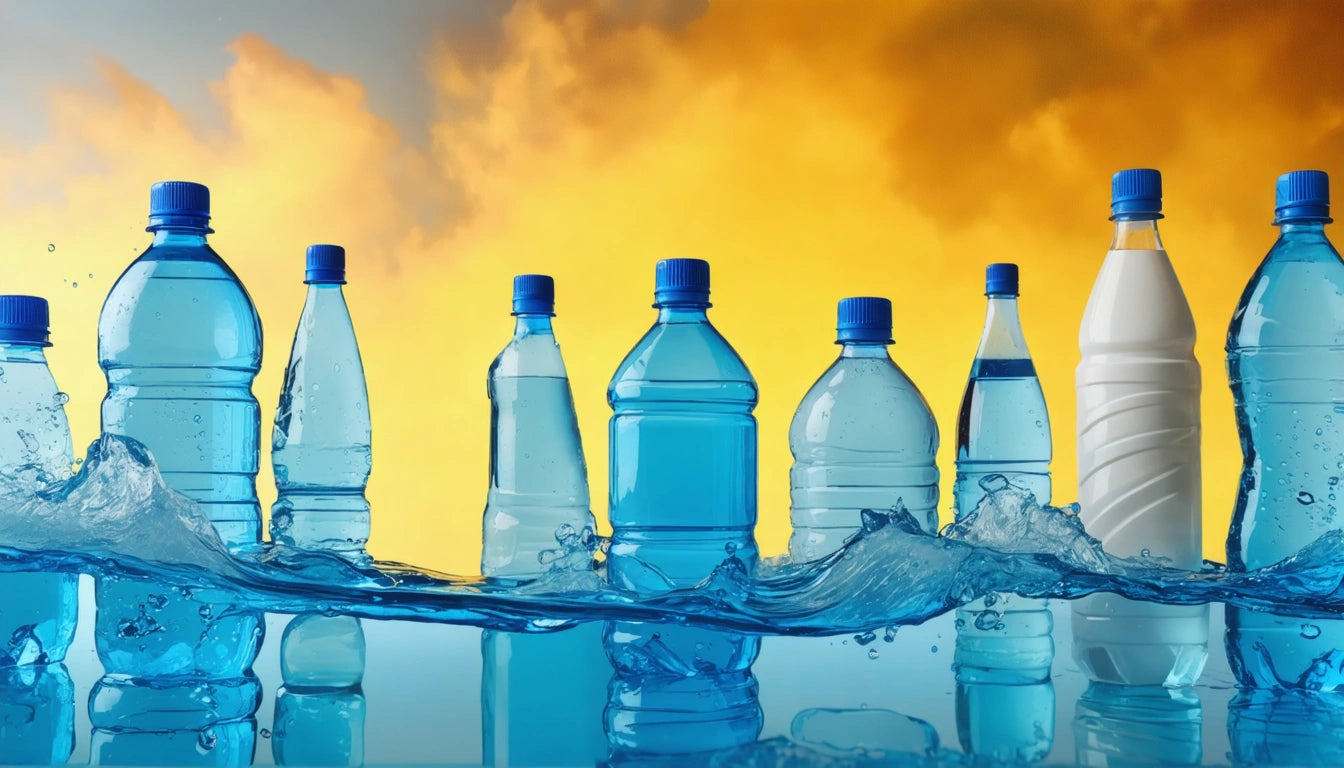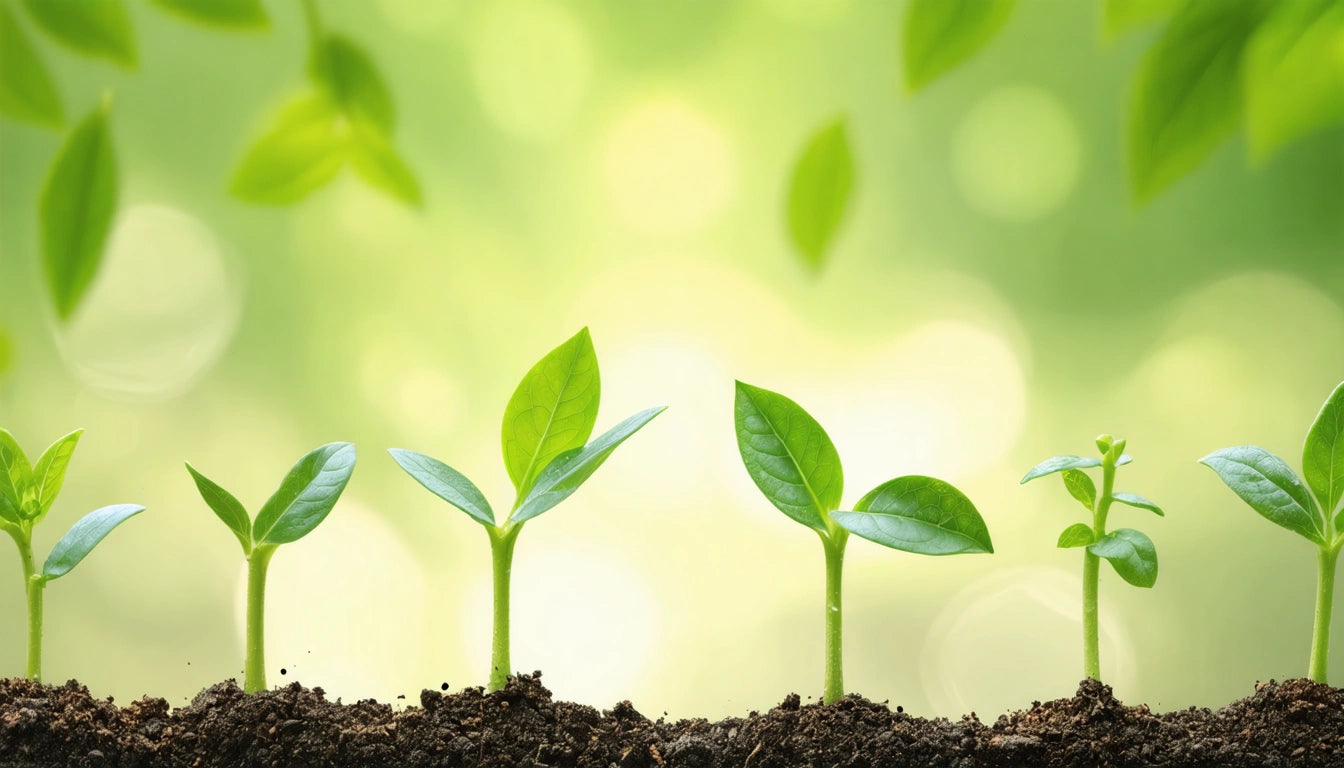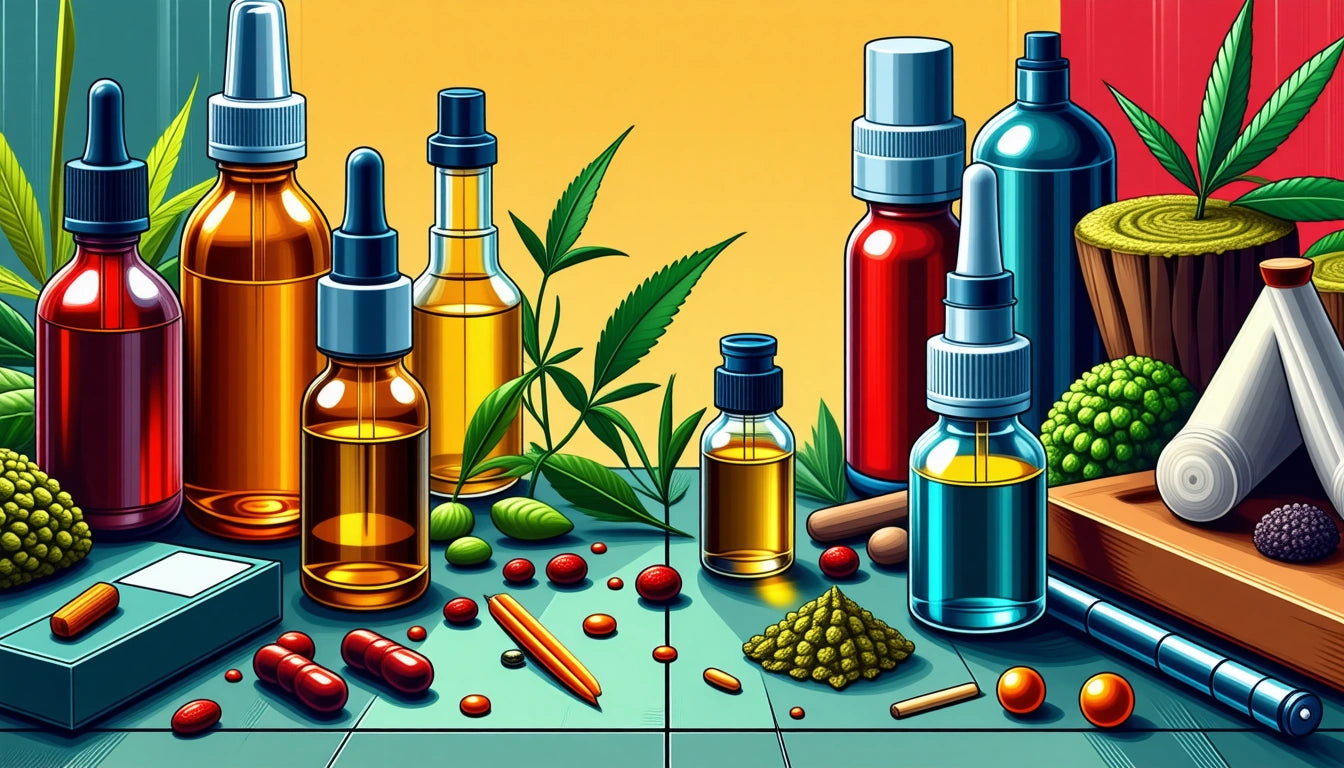Table of Contents
The Journey from Crude Oil to Plastic Bottles: Understanding the Process and Design
Plastic bottles are ubiquitous in our daily lives, containing everything from water and beverages to personal care products and household chemicals. Despite their commonplace nature, the journey from crude oil to the finished plastic bottle is a fascinating process involving complex chemistry, engineering, and design considerations. This article explores how plastic is made from crude oil, the manufacturing process of plastic bottles, and the purpose behind specific design features like bottle tops and security elements.
From Crude Oil to Plastic: The Transformation Process
The creation of plastic begins with crude oil, a fossil fuel formed from ancient organic materials compressed over millions of years. This natural resource serves as the primary feedstock for most conventional plastics used today.
Refining Crude Oil
The first step in how plastic is made from crude oil involves refining. During this process:
- Crude oil is heated in a furnace and sent to a distillation unit
- Different hydrocarbons separate based on their boiling points
- Naphtha, a crucial component for plastic production, is extracted
- This petroleum byproduct contains the necessary molecules for creating plastic polymers
According to our comprehensive guide on polyethylene and virgin plastics, approximately 4% of global oil production is used as feedstock for plastics, with another 3-4% expended as energy in the manufacturing process.
Polymerization: Creating Plastic Resins
Once naphtha is extracted, it undergoes a process called polymerization, where small molecules (monomers) are chemically bonded to form long chains (polymers). For bottle production, the most common polymers include:
- Polyethylene terephthalate (PET) - used for water and beverage bottles
- High-density polyethylene (HDPE) - used for milk jugs and detergent bottles
- Polypropylene (PP) - used for medicine bottles and bottle caps
These polymers start as small pellets or resin beads, which become the raw material for bottle manufacturing. The specific properties of each polymer determine its suitability for different applications, including transparency, flexibility, and chemical resistance.
Plastic Bottle Manufacturing: From Resin to Container
Understanding how a plastic bottle is made requires examining the transformation from plastic resin to finished container. This process typically involves several sophisticated manufacturing techniques.
Injection Molding for Preforms
Most plastic bottles begin as "preforms" - test-tube shaped pieces of plastic with fully formed threaded necks. These preforms are created through injection molding:
- Plastic resin is melted at high temperatures (around 270 °C)
- The molten plastic is injected into preform molds
- The molds are cooled rapidly to solidify the plastic
- Preforms are ejected from the molds
Blow Molding: Shaping the Bottle
The preforms then undergo blow molding to create the final bottle shape:
- Preforms are reheated to a specific temperature
- Compressed air is blown into the preform
- The air pressure forces the plastic against the walls of a bottle-shaped mold
- The plastic cools in the shape of the mold
- The finished bottle is ejected
This process can produce thousands of bottles per hour on industrial production lines. The technology has evolved significantly, as detailed in our comparison between glass and plastic containers, allowing for increasingly complex and efficient bottle designs.
Bottle Top Designs: Function and Security Features
Bottle top plastic components serve multiple critical functions beyond simply sealing the container. These design elements address specific needs for different products and user experiences.
Threaded Caps and Closures
The most common bottle top plastic design is the threaded cap, which provides a secure seal through a twisting motion. These caps can include:
- Tamper-evident rings that break upon first opening
- Liner materials for enhanced sealing
- Child-resistant mechanisms for safety
- Flip-top or push-pull spouts for convenience
For specialized applications like cannabis products, specialized jar caps with child-resistant features provide both security and compliance with regulations while maintaining product freshness.
Integrated Design Features
Modern bottle top designs often incorporate additional functionality:
- Dosing mechanisms for precise dispensing
- Airless pumps to preserve product integrity
- Anti-counterfeiting features
- Ergonomic shapes for easier handling
These features are particularly important for products where precise dosing or contamination prevention is essential, such as pharmaceuticals or high-value consumables.
Why Liquor Bottles Have Plastic Security Features
Many consumers wonder why liquor bottles have that plastic thing - technically called a non-refillable fitment or pour spout. These devices serve several important purposes in the spirits industry.
Tamper Evidence and Authentication
The plastic security features on liquor bottles provide visual evidence of tampering and help authenticate genuine products:
- They prevent the undetected refilling of premium spirits with inferior products
- Many include unique identifiers or holographic elements
- Once broken, they cannot be reattached without visible damage
- This protects both consumers and brand reputation
Controlled Pouring and Portion Control
Beyond security, these plastic devices often serve functional purposes:
- They regulate flow rate for smoother pouring
- Some designs assist with portion control in commercial settings
- They can reduce spillage and product waste
- Advanced versions may incorporate counting mechanisms for inventory control
According to industry research, these features have significantly reduced counterfeiting in the premium spirits market, providing both consumer protection and brand security. Similar principles apply to other industries requiring tamper-evident packaging, as discussed in our guide on bioplastics and traditional plastics.
Sustainability and the Future of Plastic Bottle Production
As environmental concerns grow, the plastic bottle industry is evolving toward more sustainable practices and materials. Several important developments are shaping this transformation.
Recycling and Circular Economy
Improving recycling systems is crucial for reducing the environmental impact of plastic bottles:
- Advanced sorting technologies are enhancing recycling efficiency
- Bottle-to-bottle recycling creates closed-loop systems
- Design for recyclability is becoming a standard practice
Understanding what can and cannot be recycled is essential for consumers, as outlined in our guide to plastic recycling.
Alternative Materials and Processes
The industry is actively exploring alternatives to traditional petroleum-based plastics:
- Bioplastics derived from renewable resources
- Biodegradable and compostable polymers
- Chemical recycling to break down plastics to molecular components
- Lightweight designs that use less material
These innovations aim to reduce dependency on crude oil while maintaining the functionality and convenience that make plastic bottles popular. For those interested in sustainable alternatives, exploring DIY methods for biodegradable plastics provides insights into this growing field.
The journey from crude oil to plastic bottles encompasses complex chemical processes, precision manufacturing, and thoughtful design considerations. As the industry continues to evolve, the balance between functionality, security, and sustainability will shape the future of plastic bottle production and use.











Leave a comment
All comments are moderated before being published.
This site is protected by hCaptcha and the hCaptcha Privacy Policy and Terms of Service apply.